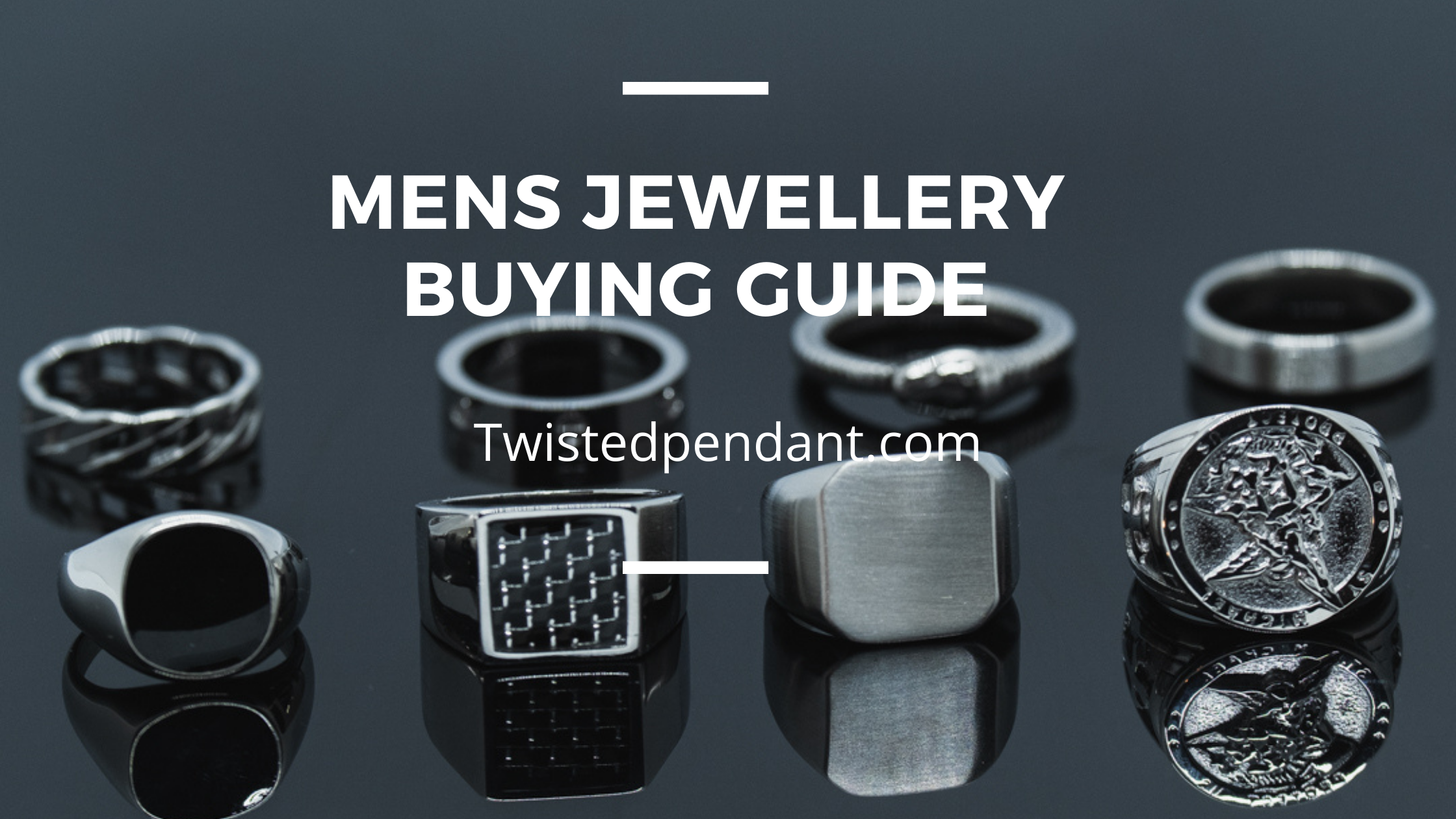
Men's Jewelry Guide: How to Buy Men's Jewelry in 2021
Although it has been around for a long time, men’s jewellery has only really come into its own in the past few decades. More people now appreciate the finer points of bracelets, rings and necklaces, creating quite the demand for men’s fashion accessories.
Despite this, the subject is still considered a strange one in most male gatherings, and, frankly, most of us still aren’t all that comfortable in jewellery stores. Much of that comes from not really knowing how things work in men’s fashion and the nuances of purchasing men’s jewellery.
But if that has made you a tad hesitant about buying cool stuff for yourself or some of your best dudes, then that ends today. With this guide to buying men’s jewellery in 2021, you’ll learn all the important tips and hacks to know when it comes to shopping for men's jewellery.
Ready? Let’s get in!
Know what you want
We’ll start with the first, and probably most important, rule to shopping for men’s jewellery – know what you want. “How is that possible when I don’t have even the foggiest idea about what I want” you say?
Well, that’s the thing about it. No one really starts out having a perfect vision of the exact piece of jewellery that works for them. But what everyone has is an idea of what they think will look good on them, or what they can see themselves wearing. That’s a great place to start. Besides, going into a jewellery store without an idea of what you want is a great way to get saddled with super expensive jewellery that ends up not going with anything you own.
So, you should have a basic idea of what you want, even if you don’t know the technical descriptors for your preferred options. Some of the basic things to think about include:
- Material: This is a good place to start, as deciding what kind of material you want eliminates a lot of options right away. There’s plenty to pick from including gold, silver, leather, a ton of exotic materials like volcano stone, and gold or silver plated metals. Decide what kind of material you want, and you can then move on to the next stage.
- Colour: With the type of material down pat, your next thought should what hue you want it in. Would you like a tinge of rose gold or strictly sterling silver? If the material is other than metal, are you more in mind of something cool tasteful or are you going for a more bright and cheery look? Thinking about this will help you further narrow down your options, no matter what type of jewellery you’re after.
- Style: Next up is your considerations for style. Would you prefer your jewellery big, bold and bad? Or would you like something slim that looks classy and barely there?
- Price: Finally, you should never go shopping for jewellery without having a price range in mind. Even if you have bottomless pockets, keeping a likely price range in mind will help you dismiss hundreds of options out of hand so you can focus on the perfect pool of candidates.
Think of these considerations as your preliminary list of requirements as you set the tone for a great jewellery shopping experience. With each of these well-considered and neatly filed away for reference, you’re now set to go shopping. Before then however, there’s the little matter of some technical jargon you should know.
Learn the lingo – carats and karats
Precious metals like gold and silver are usually rated in terms of purity. Gold, for instance, is rated in Karats. This is generally calculated in a scale from 1 to 24, with 24 karats implying the purest gold possible. You may not often see gold jewellery that is up to 24 karats because, out of necessity, gold may be mixed with other metals to make it stronger. Pure gold is really soft, so a 24-karat necklace or ring may get damaged easily.
Silver is not measured in karats, although it is also measured for purity. It uses a three digit rating system instead, with .999 being the purest. Just like gold, it’s difficult to find pure silver, since the absolutely pure stuff may not be all that durable. But you can definitely aim for high levels of purity in both gold and silver.
Diamonds and other precious stones are also measured in carats. As you must have noted, this is carat with a “c” rather than a “k”. Here, carat is used as a measure of mass, and a single carat is equal to about 0.2 grams. So, the higher the caratage, the heavier the gemstone.
With that done, let’s turn to what you should consider when picking amongst the various types of men’s jewellery available.
How to pick
For area of men’s fashion that doesn’t get all that much attention from men, there’s quite a lot of men’s jewellery around. Here, we’ll explain what you should keep in mind as you make your pick across the various types available.
Chains and necklaces
Men’s chains are one of the most common types of men’s jewellery you’ll find around. That’s unsurprising, since they provide a dependable statement of style for any man, regardless of age, occupation or fashion leaning.
When picking men’s chains and necklaces, five things are important – the material, length, width, weight and clasp. As we’ve mentioned above, thinking about whether you want leather, silver, gold or an alloy helps you narrow down your options right away. You can get more specific by considering if you’ll prefer a choker-style chain, something that hangs right around your chest or just below your sternum. You’ll often see many going for the last option, which is about 19 to 20 inches in length.
The width of the chain determines if you’ll have something bold and chunky or a more slender piece. If you decide to go slender, you might also consider including a pendant with the chain to add a bit of mystery to your piece, or pick up a locket to store something dear. The weight of the chain goes to how much drag it puts on your neck, and the clasp determines if you’ll spend all night trying to get your chain off. The lobster claw clasp is a popular option due to its relative ease.
Bracelets
Bracelets are the perfect accessory to really tie an outfit up, especially if you’ve gone for a lone chain, with or without pendant. They add a bit of flair and fullness to your outfit so your chain does not look isolated hanging around your neck. Plus, with the style options available, it’s another opportunity to showcase your taste and fashion sense.
There are many options to pick from when it comes to bracelets. There are metal bracelets, beads, woven bracelets and the trusty old leather. Many of the considerations that apply to necklaces also apply here. Think about what you want the bracelet made out of and how long or heavy you want it. Would you prefer something hangs slightly off your wrist or are you in mind of a firm fit?
You also have the option of layering your bracelets. This simply means you wear more than one bracelet on the same wrist. Be careful here though, so you don’t overdo it. A shiny piece will work best with something a bit more understated so it balances your get up nicely.
Rings
There are all kinds of rings for men, from signet rings, to pinky rings and thumb rings. You can choose whether to go with a super-thick band or something a bit more slender. But make sure your option is in keeping with the choices you have already made for chains and bracelets.
Thankfully, even if you want your rings bold, it doesn’t necessarily mean they have to weigh a ton. There are really great rings with good width that are still lightweight and good value for money. Just like bracelets and necklaces, you may decide to layer your rings. Normal etiquette dictates that you don’t overdo it though. Two rings are enough on either hand, and it’s often best to layer a thick band with a slender one so you have a balanced look.
Conclusion
So that’s it! Your 2020 guide to buying men’s jewellery. Hopefully, you now know enough to swagger into the nearest jewellery store with a bit more confidence and more than an idea of what you want.

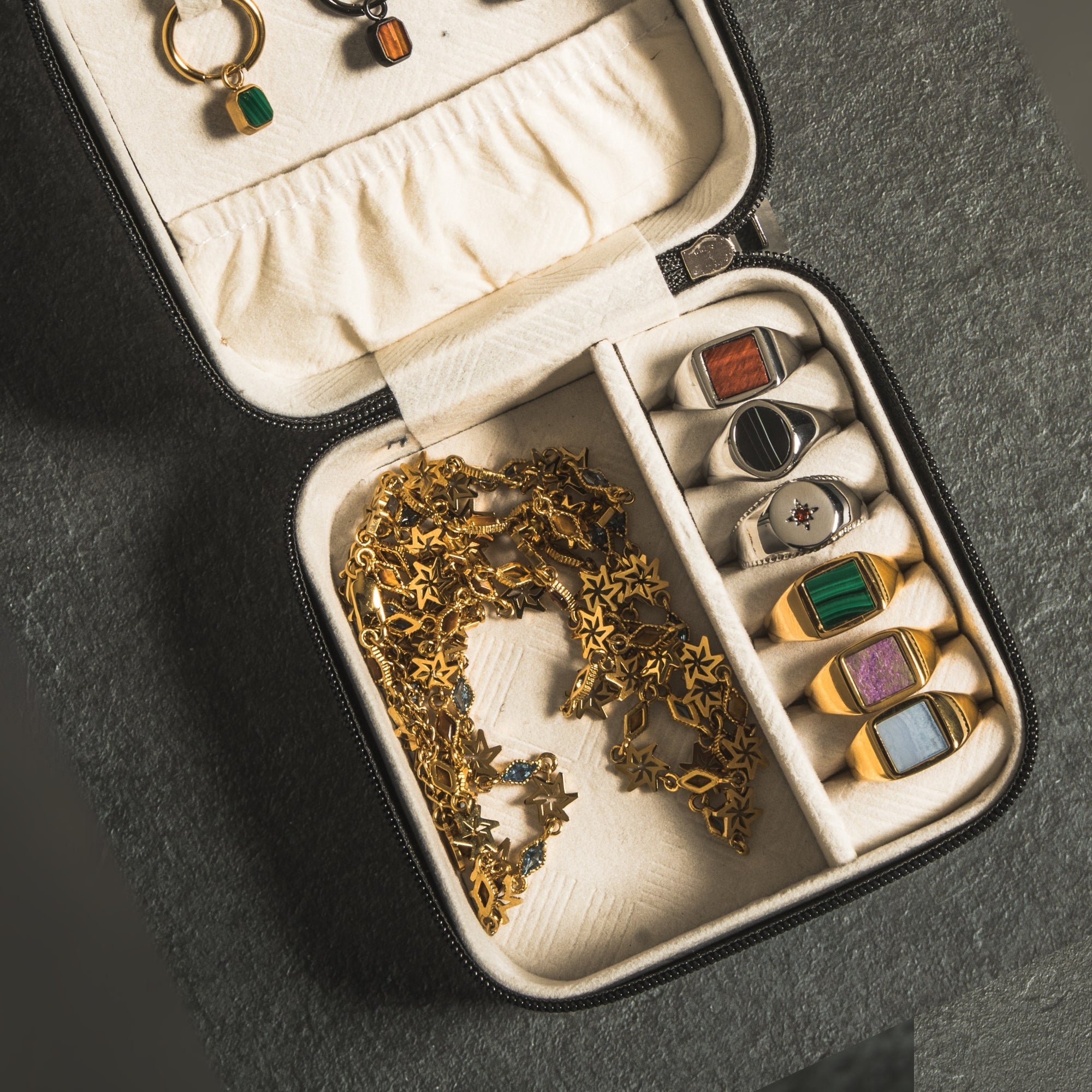
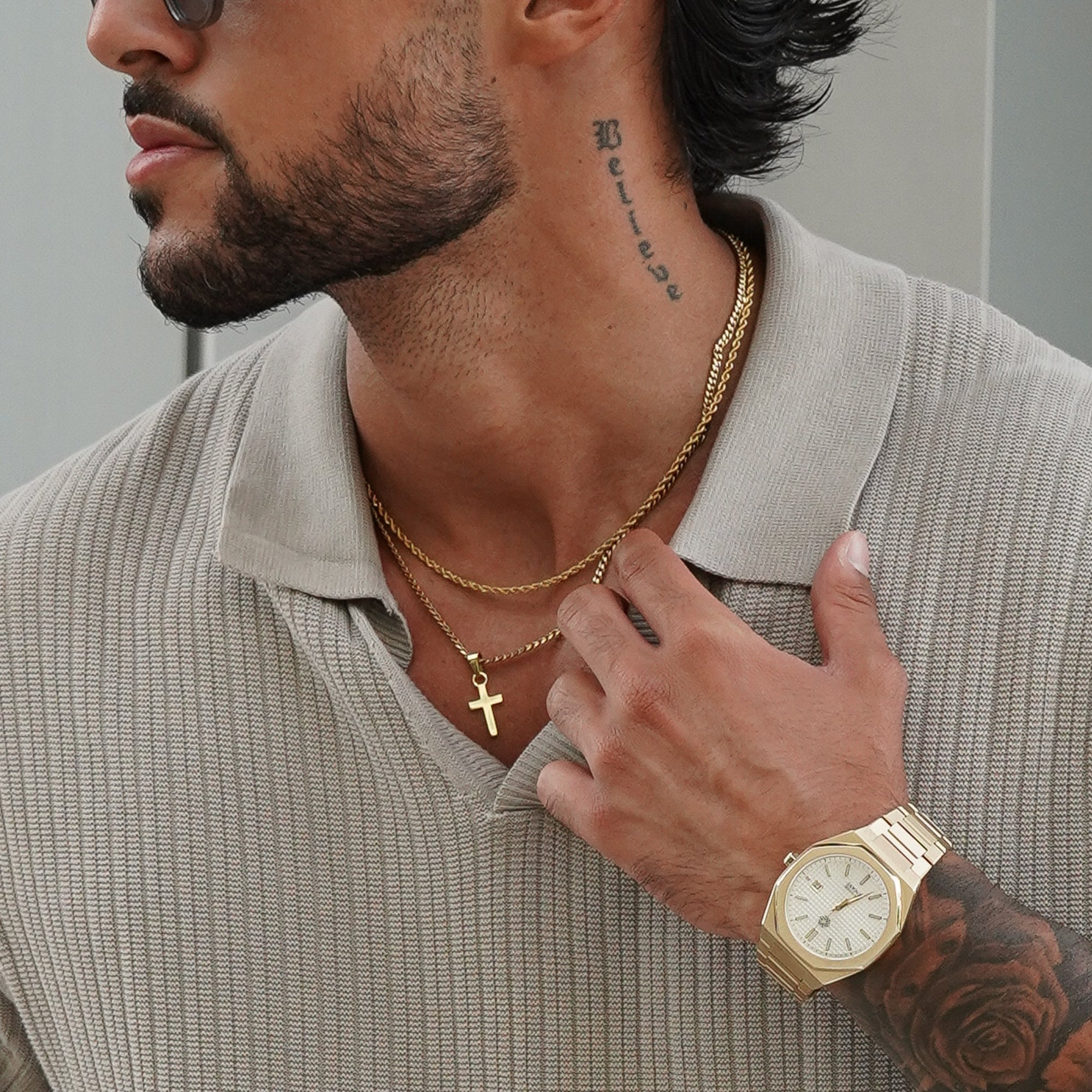
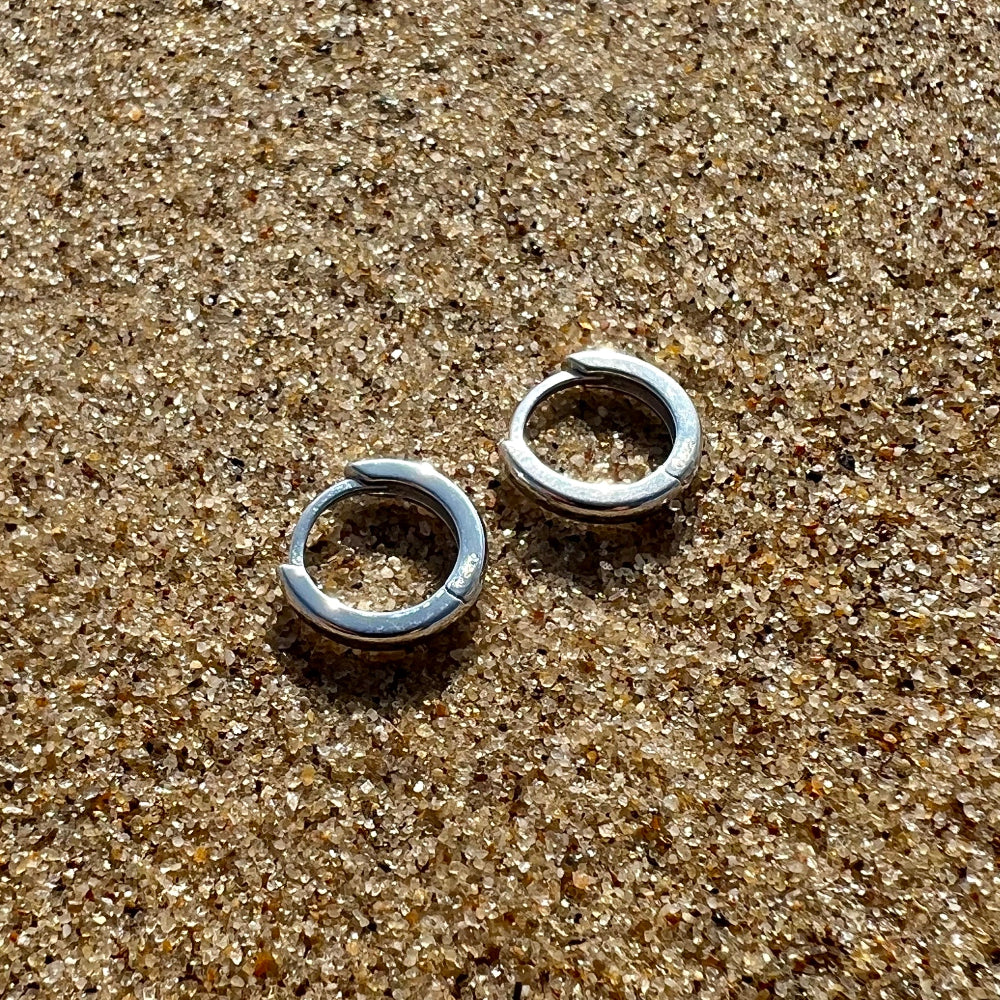
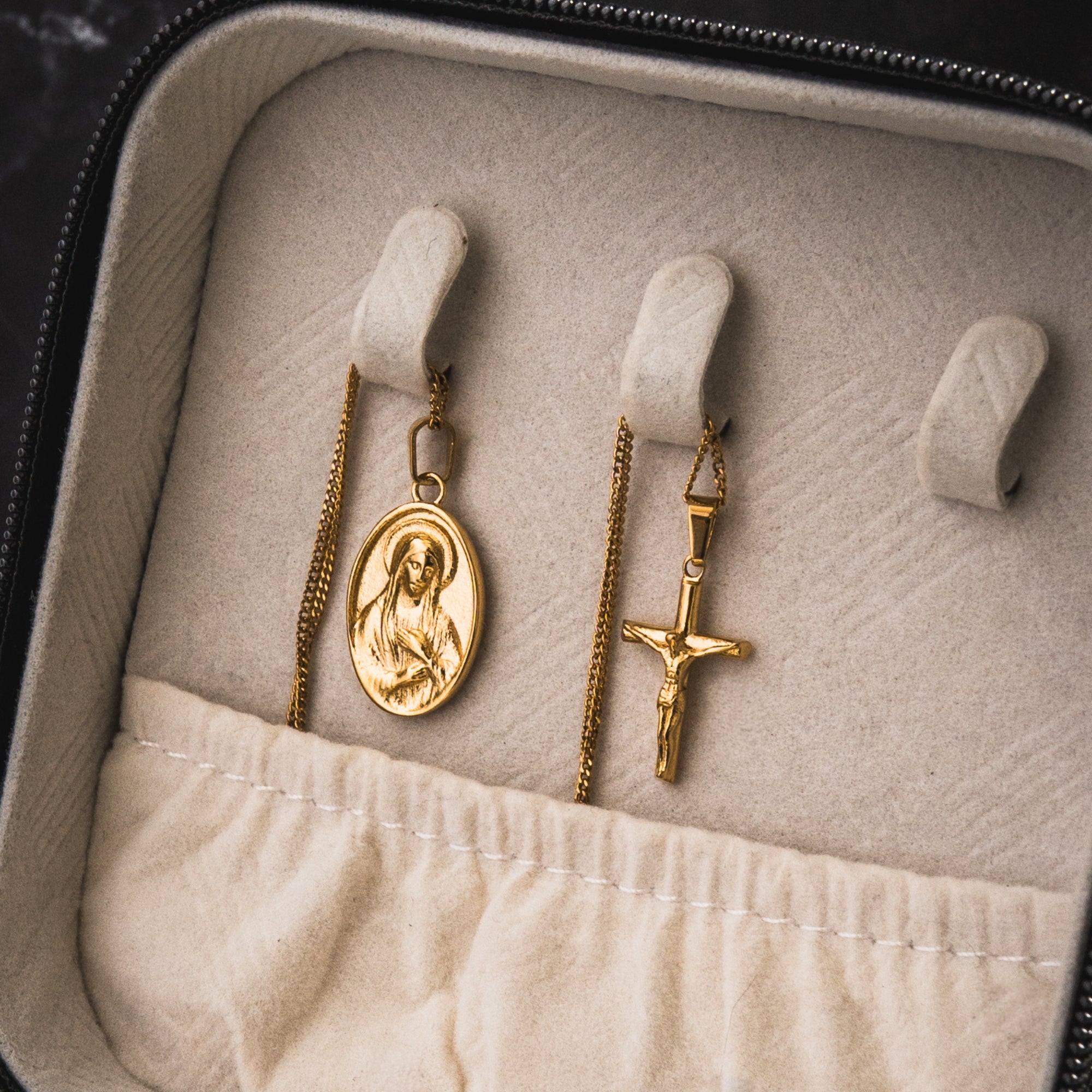
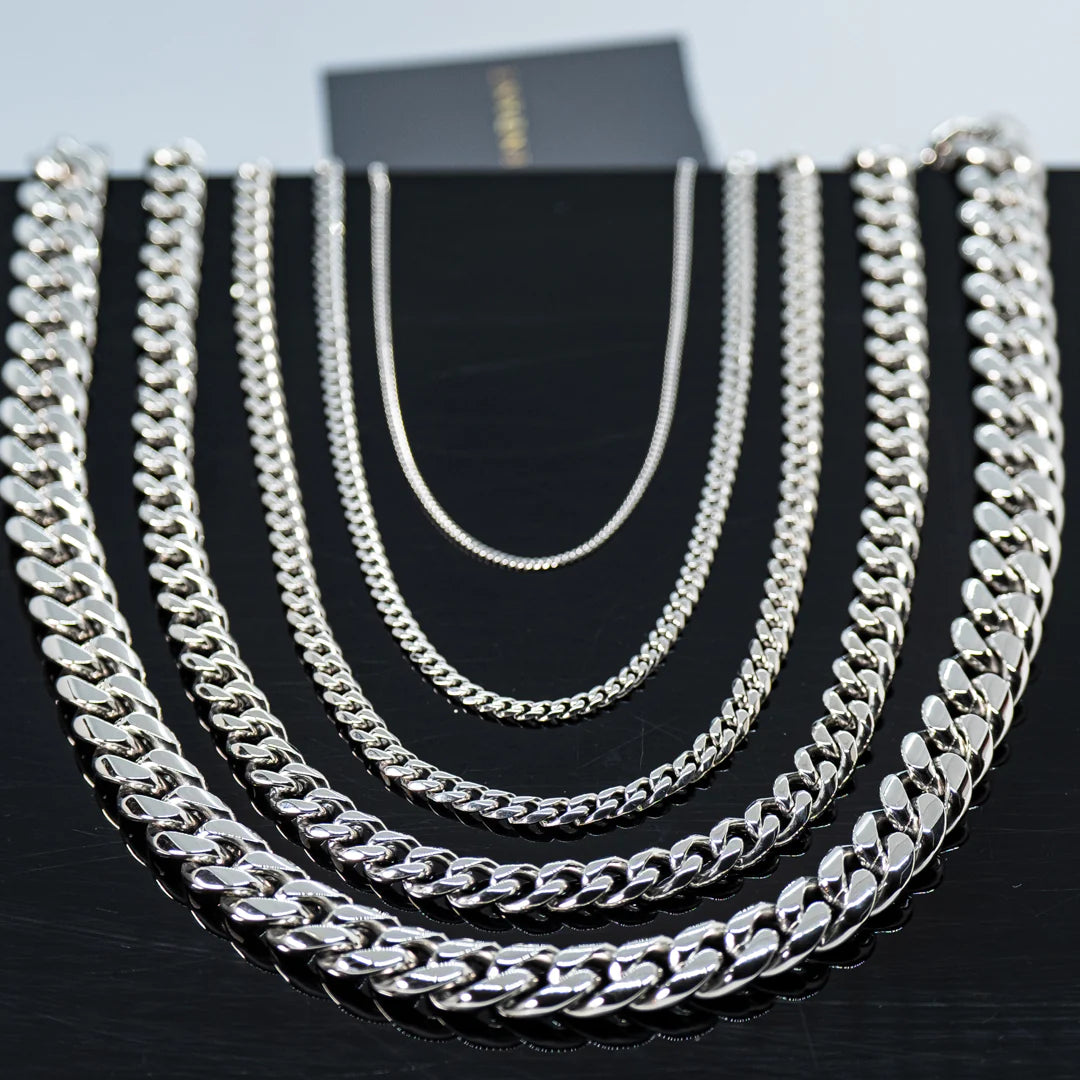
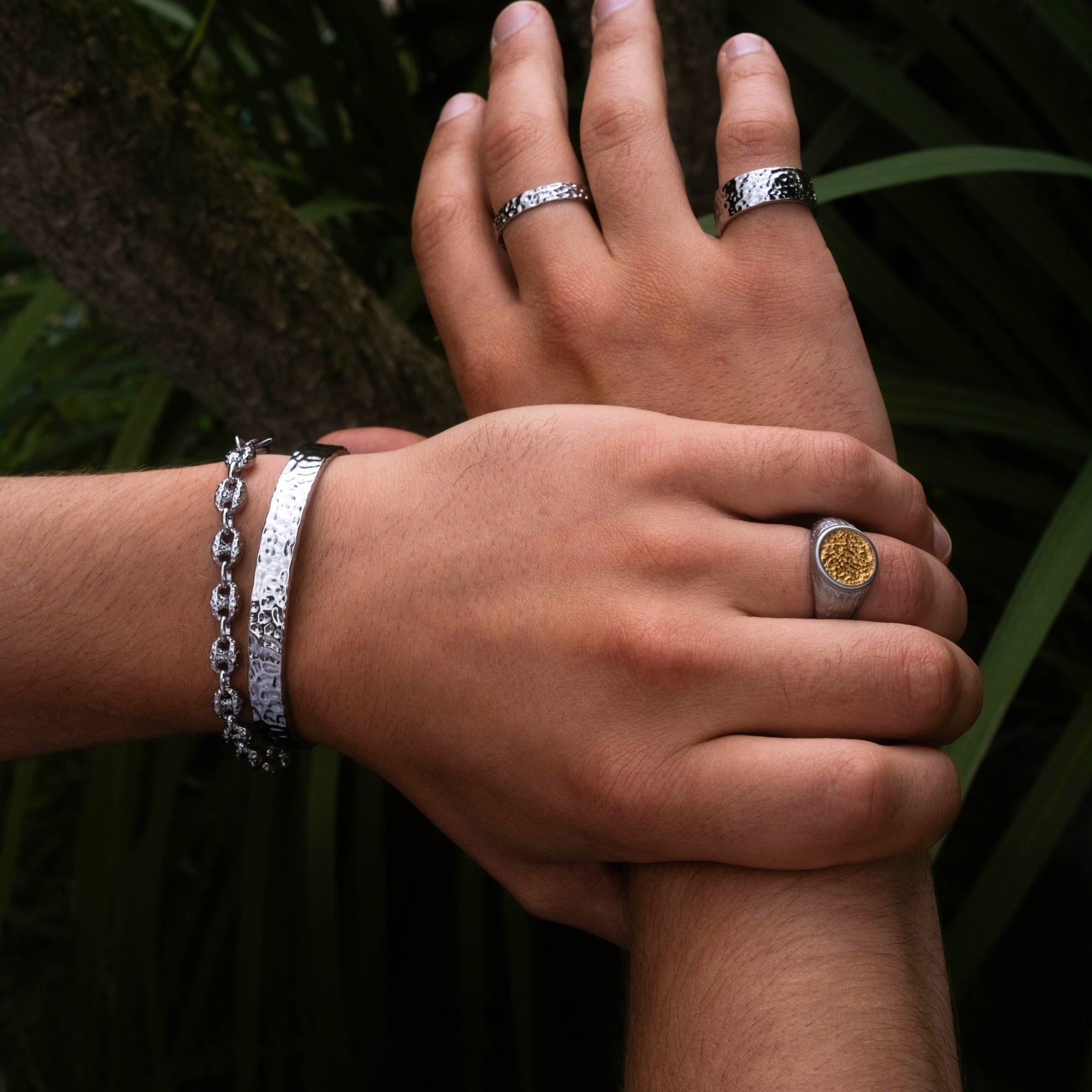

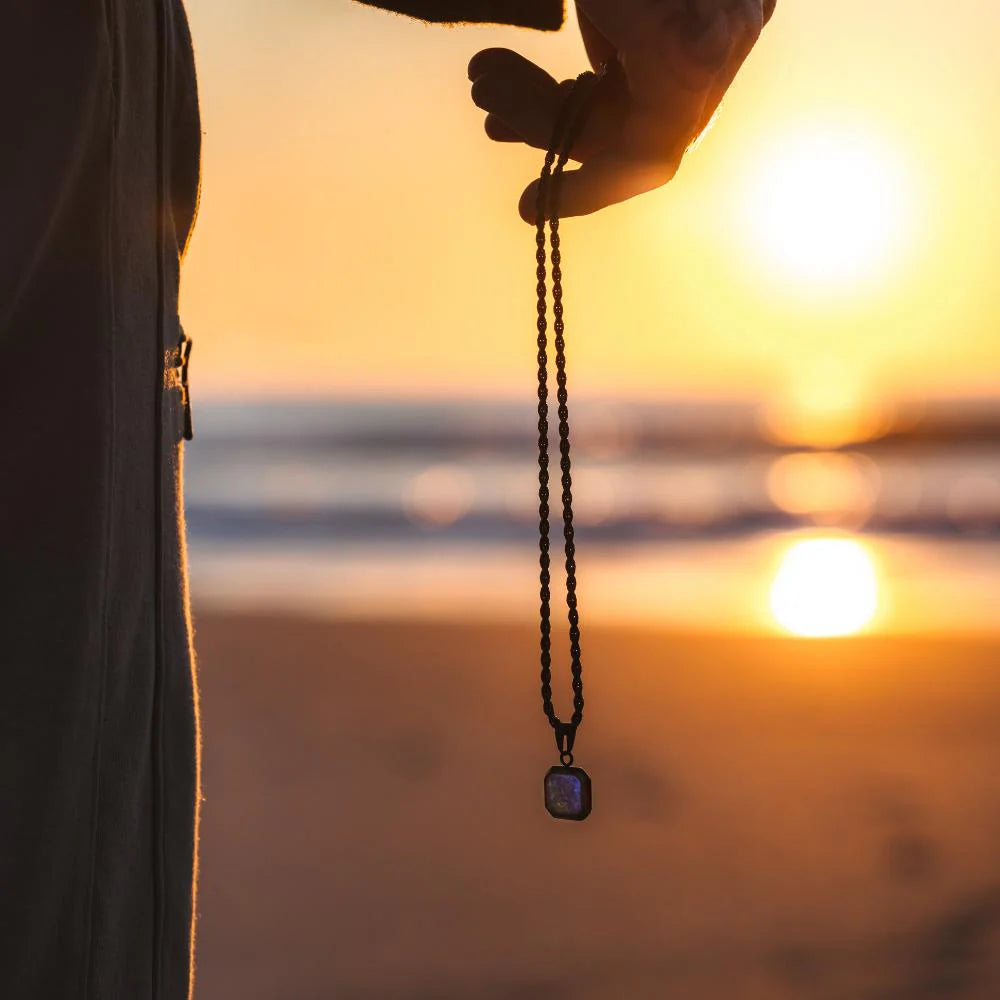
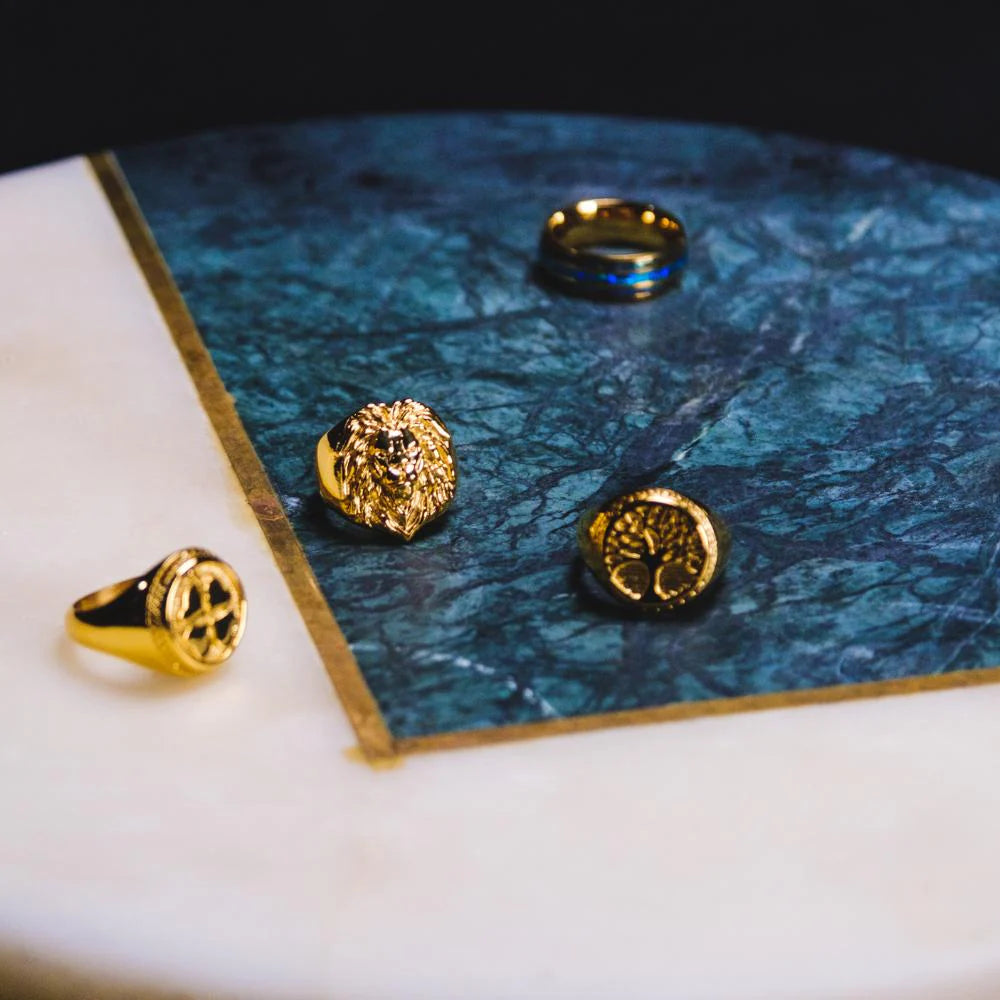
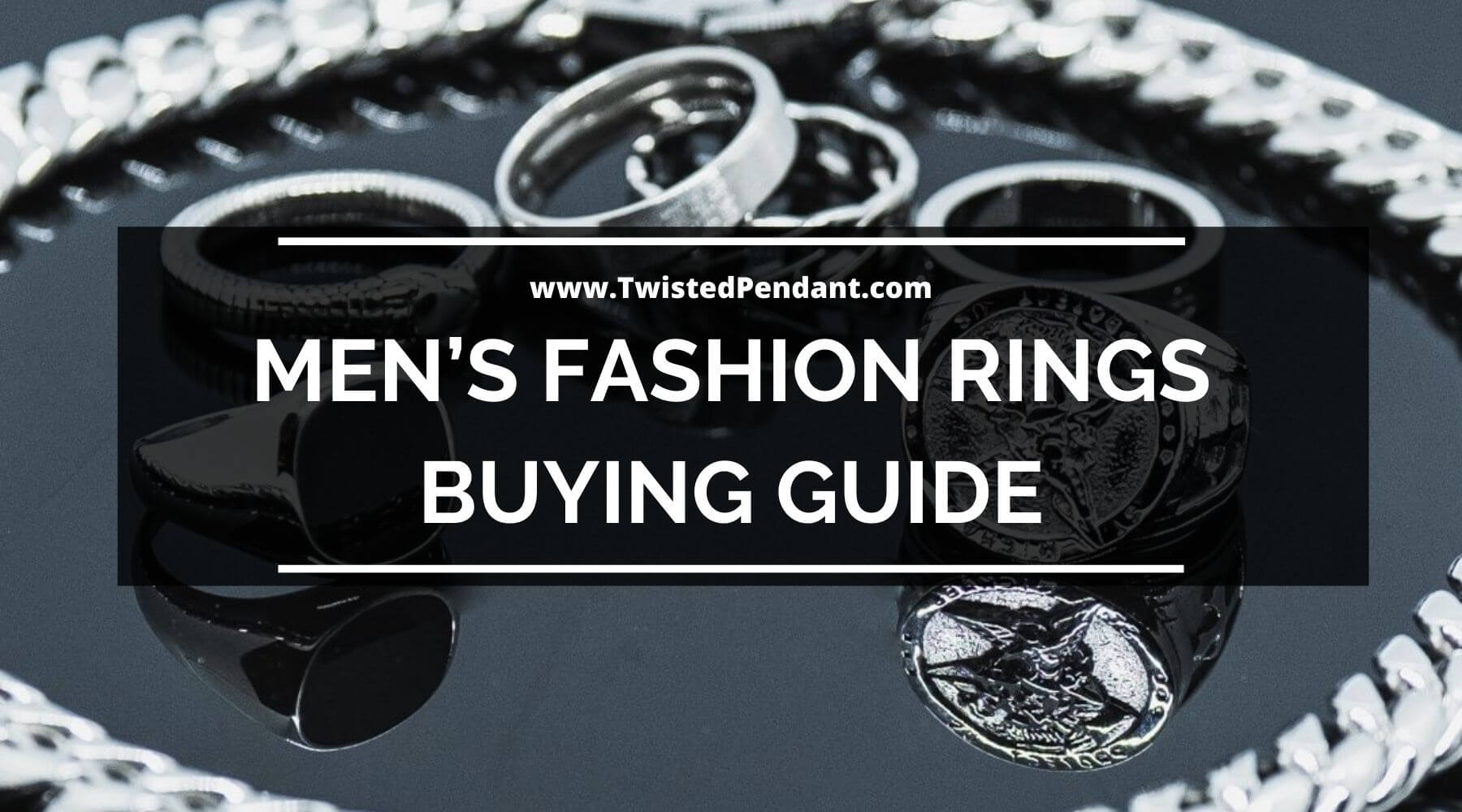
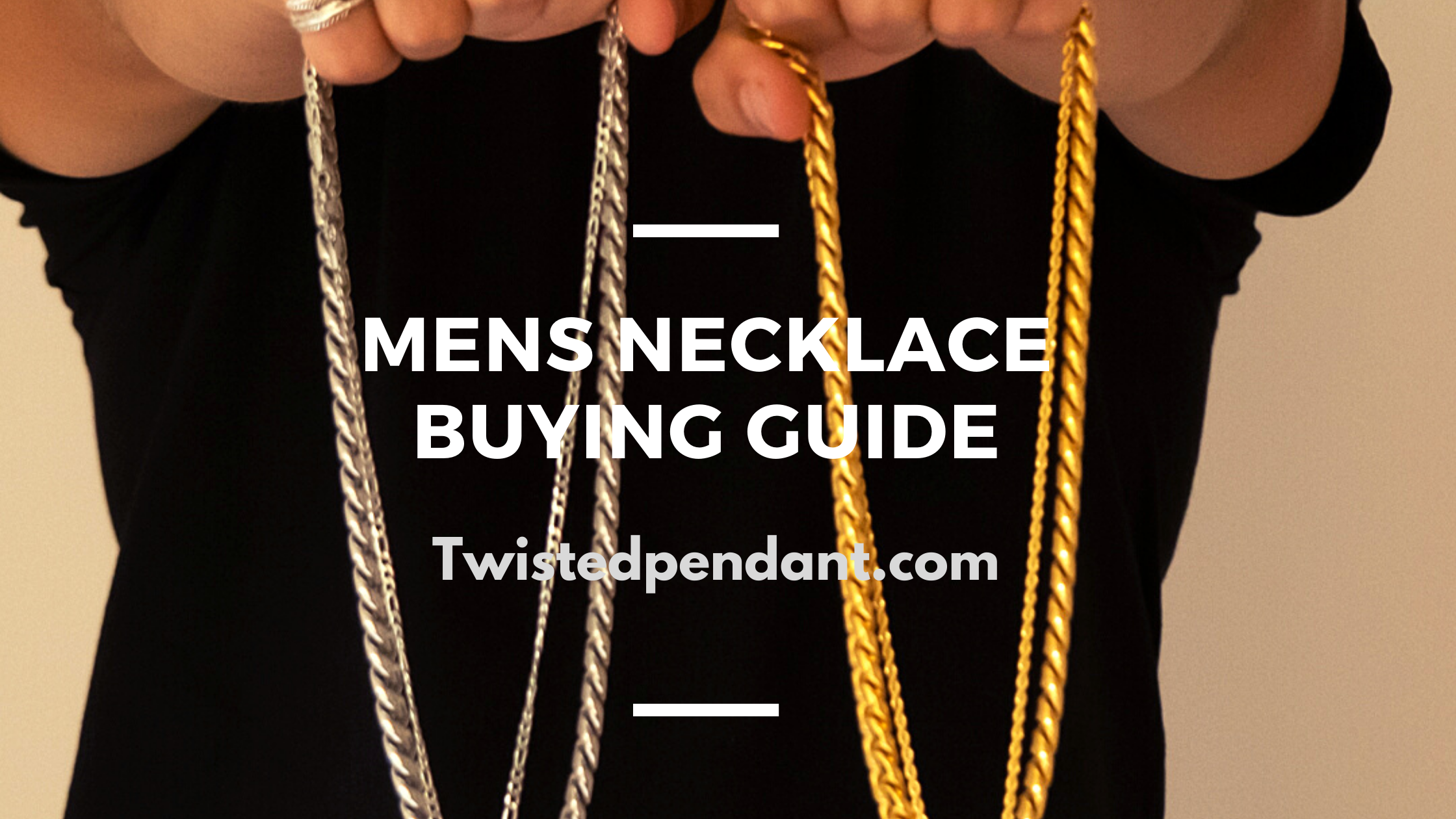
Leave a comment
This site is protected by hCaptcha and the hCaptcha Privacy Policy and Terms of Service apply.